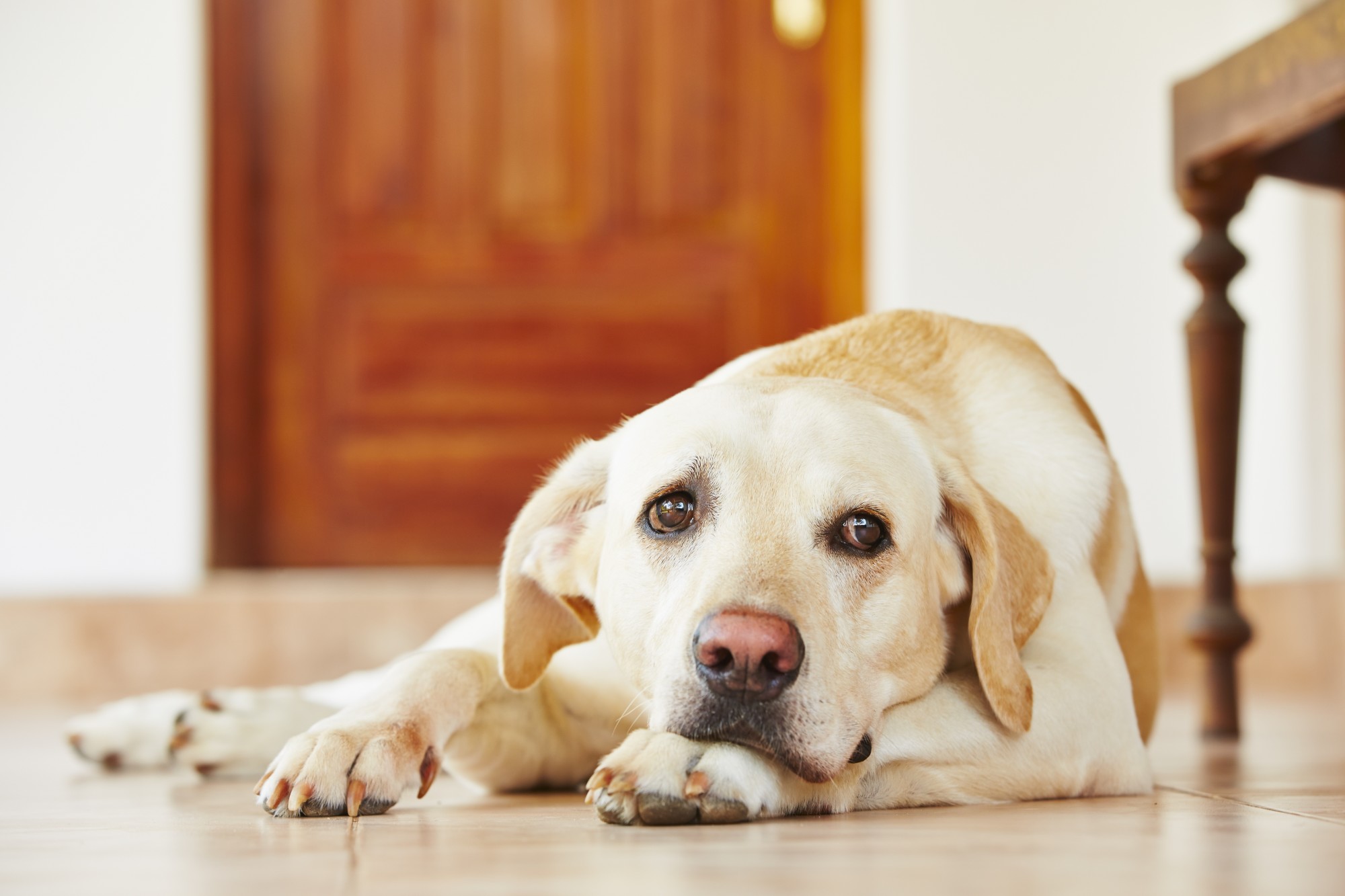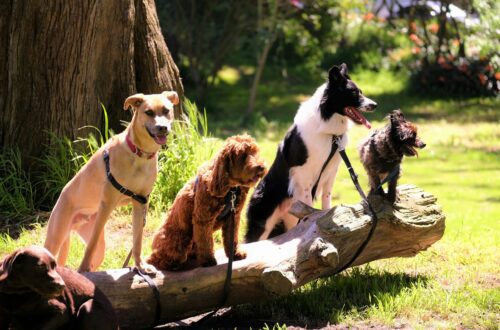Don’t you wish your dog could talk to you? Not only would they probably have some funny observations, but they’d be able to tell you when things were wrong. Because dogs can’t tell us when or why they are feeling sad, they show us instead.
When you know what to look for, you can better diagnose your dog’s problem. Here are the biggest indicators that your pup may have moderate to severe dog separation anxiety.
What Can Cause Dog Separation Anxiety?
Separation anxiety can occur in puppies and older dogs alike. Big changes like the addition of a family member or a death, a new house, or a break-in can cause them to panic at the prospect of your absence.
Separation Anxiety Symptoms
Dog separation anxiety can share many observable traits with a dog in need of proper training. You can spot the difference because these distress behaviors only occur when you are preparing to leave the house or are gone.
Anxious Behavior
Anxious behavior can take on many forms. Whimpering, whining, panting, excessive drooling, pacing, or shaking could be a clue that your dog is worried about you leaving.
Barking or Howling
You may hear this as you’re leaving or returning to your house. Don’t assume your dog will stop after you leave or only start barking when it sees you return. You may reach out to your neighbors (if you haven’t heard reports from them already) to find out if your dog is barking throughout your absence.
Destructive While Alone
This can be one of the more distressing ones for both you and your dog for different reasons. Your dog could be so panicked about your absence it digs at the floor or door in an attempt to get to you. This could also be tearing or chewing apart furniture as a way to deal with its distress.
Accidents
The difference between a dog who hasn’t been trained versus dog separation anxiety is that urinating or defecating only happens when you are gone.
Separation Anxiety Treatments for Dogs
These signs of separation anxiety may give you some anxiety of your own, but there are ways to treat it.
If you don’t already, consider kennel or crate training your dog. This is a great method that gives your furry friend a safe place to relax while you are away.
Exercise is another great way to help your dog with pent-up energy. You could also try offering a special treat to your dog before leaving so it begins to associate good things with you being away.
If these methods don’t work, have a look at natural supplements that can calm your dog for those times you are away.
Know Your Dog
The most important part of trying to spot dog separation anxiety is knowing your dog’s normal behavior. When you know how your dog usually acts, you’ll better identify the difference between stress and mischief.
For more tips and help raising your furry friends, check out our Pets archive.





